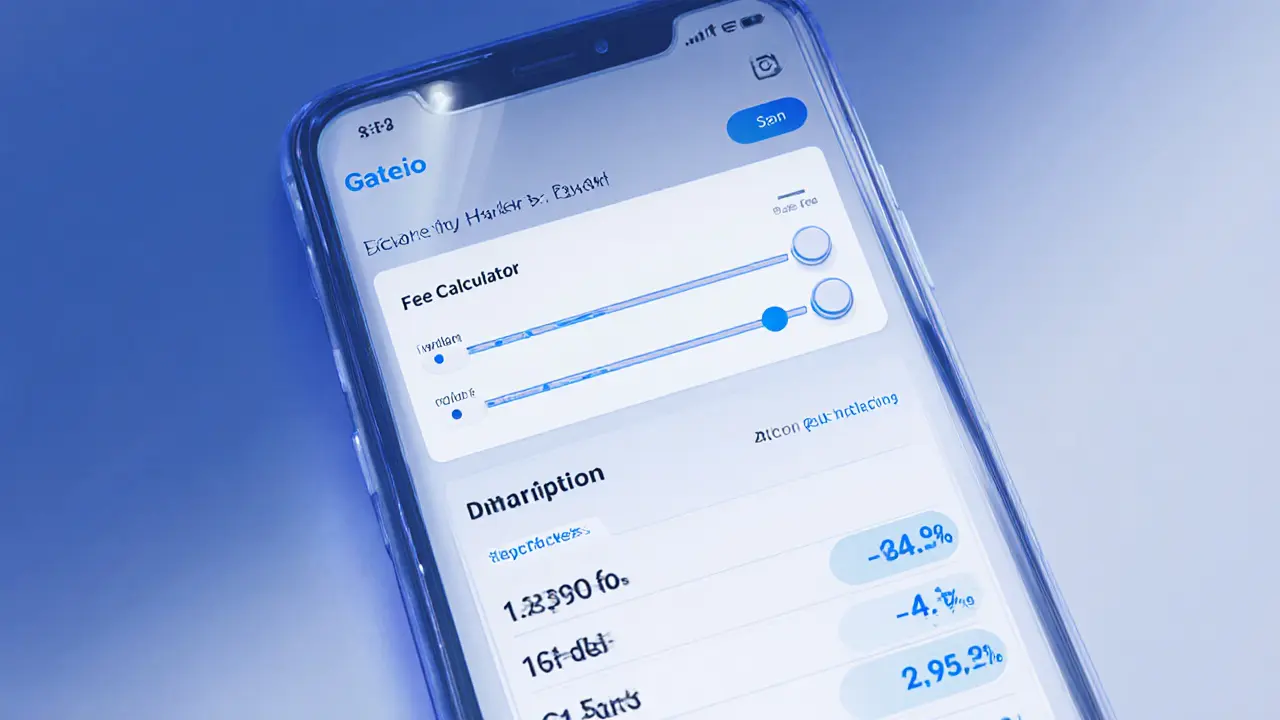Gate.io Review – In‑Depth Look at the Crypto Exchange
When checking out Gate.io, a global crypto exchange that offers spot, futures, margin and staking services. Also known as Gate.io exchange, it targets both beginners and seasoned traders with a toolbox that spans token swaps, NFT marketplaces and AI‑driven analytics.
As a crypto exchange, the platform must balance liquidity, user‑friendliness and regulatory compliance
One of the first things traders compare is trading fees, the cost structure that includes maker‑taker spreads, withdrawal charges and tiered discounts for high‑volume users. Gate.io keeps its taker fee at 0.2% for most pairs, while makers can enjoy as low as 0.1% after reaching specific volume thresholds. Fees drop further if you pay with the native GATE token, a model similar to Binance and KuCoin.
Security is another non‑negotiable pillar. Gate.io employs security protocols, such as multi‑factor authentication, cold‑wallet storage for the majority of assets and regular penetration testing by third‑party firms. In 2023 the exchange reported zero major hacks, and it offers an insurance fund that reimburses users for losses due to system failures. These measures place Gate.io in the same safety tier as Kraken and Coinbase.
Key Aspects Covered in This Gate.io Review
Beyond fees and security, Gate.io packs a suite of trading features that cater to diverse strategies. Spot trading supports over 9,000 tokens, while futures cover perpetual contracts on major coins with up to 150× leverage. Margin accounts let you borrow against collateral, and the platform’s auto‑risk management tools help prevent liquidation during volatile swings. The built‑in staking hub offers yield on dozens of assets, and the NFT marketplace integrates directly with your wallet for seamless buying and selling.
The user interface strikes a balance between depth and simplicity. Beginners can start with the “Quick Trade” tab, which shows a clean order book, price chart and one‑click buy/sell buttons. Advanced users unlock a customizable dashboard where they can monitor multiple markets, set price alerts, and run algorithmic bots via the Gate.io API. Mobile apps on iOS and Android mirror the desktop experience, allowing you to trade on the go without sacrificing feature parity.
When you stack Gate.io against rivals like Binance, Bybit and Huobi, a few patterns emerge. Binance still leads on raw liquidity and the sheer number of supported pairs, but Gate.io wins points on its extensive token listing process and lower entry barriers for new projects. Bybit offers a more aggressive fee schedule for futures traders, yet Gate.io’s blended approach—combining low fees, staking rewards, and a robust NFT platform—makes it a versatile choice for users who want to experiment across multiple crypto sectors.
Regulatory awareness also shapes the platform’s roadmap. Gate.io complies with AML/KYC standards in major jurisdictions and has secured licenses in regions such as the EU and Japan. This compliance footprint gives traders confidence that the exchange can sustain operations even as global crypto rules evolve.
All these pieces—fees, security, feature set, UI design and regulatory posture—form the core of our Gate.io review. Below, you’ll find a curated collection of articles that dive deeper into each area, from step‑by‑step guides on using the futures market to security checklists and comparative fee breakdowns. Whether you’re just opening an account or looking to fine‑tune an advanced trading strategy, the posts ahead will give you the practical insights you need to decide if Gate.io fits your crypto journey.
Gate.io Review 2025 - Fees, Features & Security
An in‑depth Gate.io review covering fees, security, altcoin variety, advanced tools and who should use the exchange in 2025.
VIEW MORE
